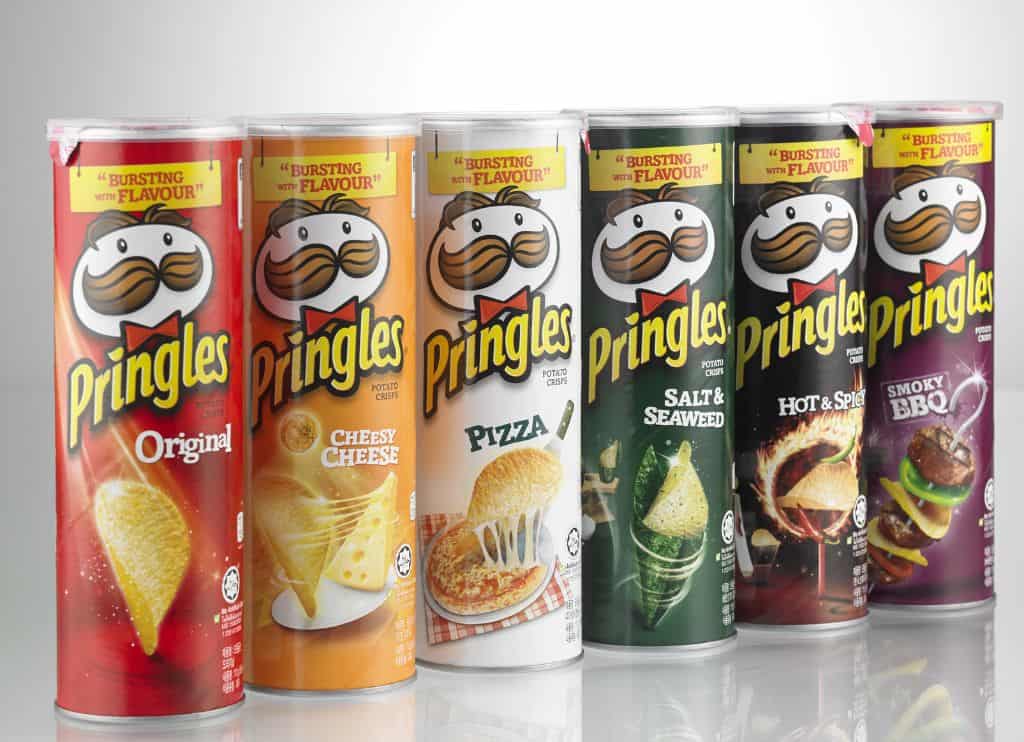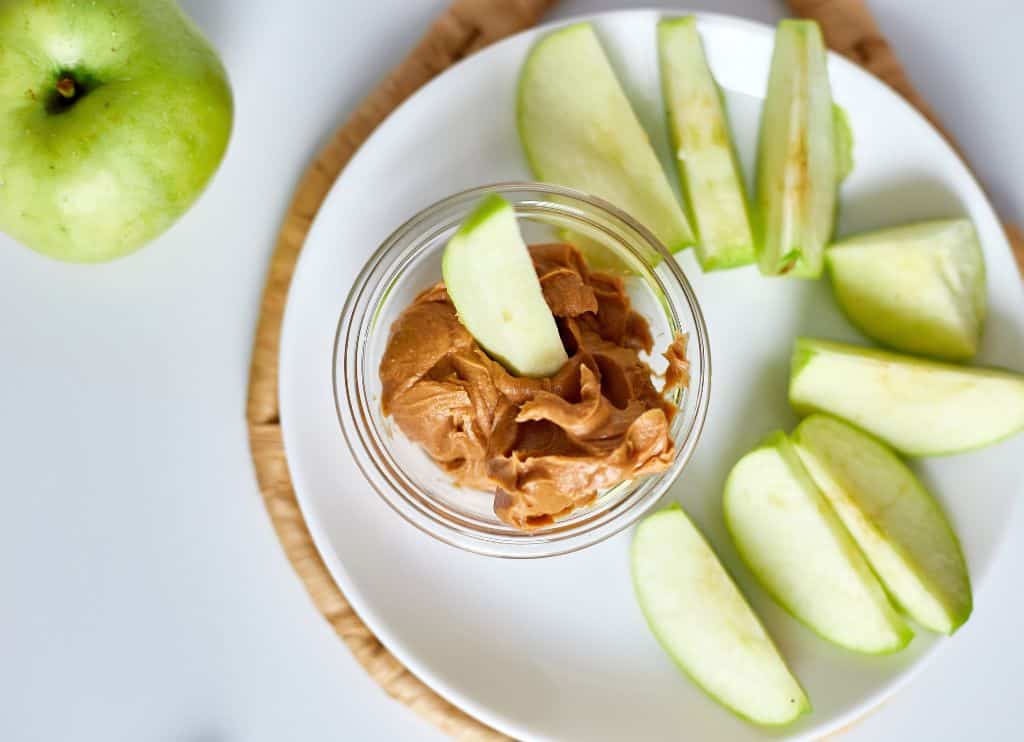Have you ever thought about how snacking went from a simple treat to a big part of our everyday lives? From the 1950s to today, snacks have undergone quite a transformation, influenced by new technology, cultural shifts, and what we like to eat. From simple flavors and ingredients to wild flavor concoctions, here’s how snacking has changed over time.

The 1950s: A Simpler Snack Time
Back in the 1950s, snacks were a bit more simple. The concept of snacking was present, but it wasn’t quite the multi-billion-dollar industry it is today. People leaned toward homemade options like cookies, cakes, and fruit. Packaged snacks were just beginning to make their way into American households, with items like Jell-O and pre-packaged cookies making an appearance. Snack time was often more about practicality and less about innovation.
Popular snacks included simple treats like apples and peanut butter, sandwiches cut into fun shapes, and of course, the classic cheese and crackers. The idea of snacking wasn’t as prevalent as it is now; it was more of a casual addition to a meal rather than a standalone event. The big news in snacking back then was the introduction of the first TV dinners, which combined convenience with a little bit of snacking.

The 1960s: Snack Food Goes Mainstream
As we moved into the 1960s, snacks started to take on a more prominent role in daily life. The post-war boom led to increased disposable income and more leisure time, which meant people were ready for new snack options. This era saw the rise of iconic snack foods like Fritos, Pringles (the late 60s), and the first microwave popcorn.
Microwave ovens began to find their way into homes, and with them, the convenience of microwave popcorn became a game-changer. Snack foods became more commercialized, and brand recognition started to become important. The convenience factor was a major draw, and snack foods began to appear in colorful packaging, making them more appealing to consumers.
The 1970s: Health Trends and New Flavors
The 1970s brought a new wave of health consciousness. People started paying more attention to what they were eating, which led to the rise of healthier snack options. Granola bars, yogurt, and veggie sticks started to make their way into the snack aisle. At the same time, the snack food industry was getting more creative with flavors. Chips with new and bold flavors began to appear, and the snack scene became more exciting.
Snack foods from this era were often marketed as “healthier” alternatives, but they still packed a punch in terms of flavor. Companies started experimenting with low-fat and low-calorie options, paving the way for future trends in health-conscious snacking.
The 1980s: The Snack Explosion

The 1980s were a golden age for snack foods. This decade saw an explosion in snack variety and innovation. Doritos became widely popular and the launch of new flavors for chips meant that snacking became a much more diverse experience. Snack foods became more than just something to munch on between meals; they became a cultural phenomenon.
The 1980s also saw the rise of snack foods with gimmicky appeal, like neon-colored snacks and high-sugar cereals that kids couldn’t get enough of. The concept of “snack time” became more ingrained in daily routines, and snack foods started to cater to all kinds of tastes and preferences. Fast food chains and convenience stores became hotspots for grabbing a quick snack on the go.
The 1990s: Snack Health Meets Convenience
In the 1990s, the trend towards healthier snacking continued but with an added focus on convenience. The rise of low-fat and low-carb diets influenced snack options, leading to the introduction of products like baked chips and fruit snacks that were marketed as healthier choices.
The 1990s also saw a rise in international snack foods, as globalization made it easier to access different types of cuisine. Sushi rolls, spicy chips, and other international flavors started appearing on shelves, giving snackers more variety than ever before. Convenience was key, and snacks became even more portable and ready to eat.
The 2000s to Today: The Era of Gourmet and Personalized Snacking

The 2000s and beyond have seen snacking become a refined art. With the rise of food blogs and social media, snack trends spread faster than ever. Gourmet snacks, artisanal chips, and even snack subscription boxes became popular. Consumers started to seek out unique, high-quality ingredients, and snacks became a way to indulge in a little luxury.
Healthy snacking reached new heights with the rise of superfoods and organic options. From kale chips to protein bars packed with natural ingredients, today’s snacks cater to a wide range of dietary needs and preferences. At the same time, nostalgic snacks have made a comeback, blending the best of the old with the new.
Final Words
Snacking has transformed from a simple pastime to an exciting and varied part of our lives. Whether it’s enjoying a classic treat or trying out the latest gourmet creation, snacking today is all about choice and personalization. What do you think? How has your snacking habit evolved over the years?